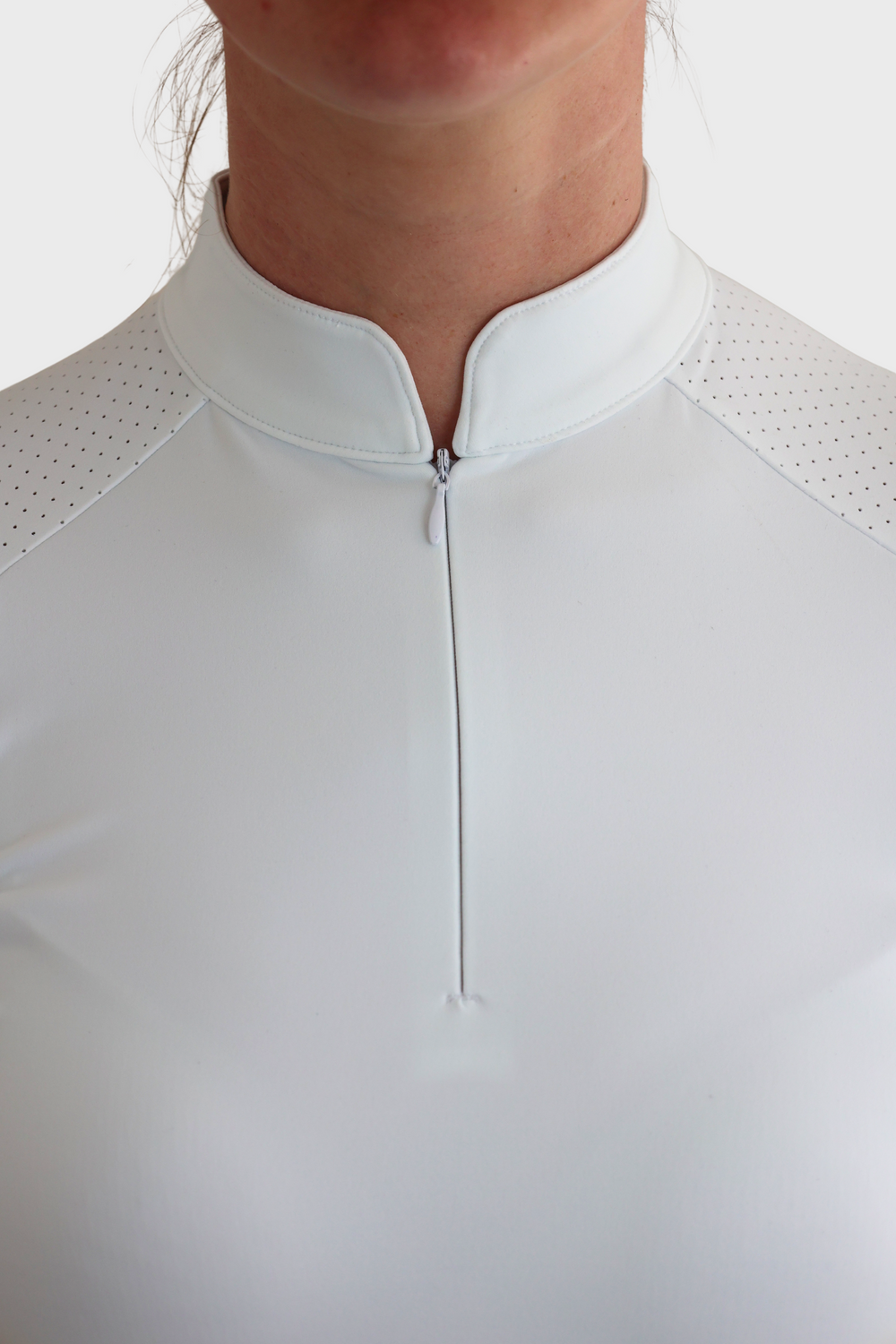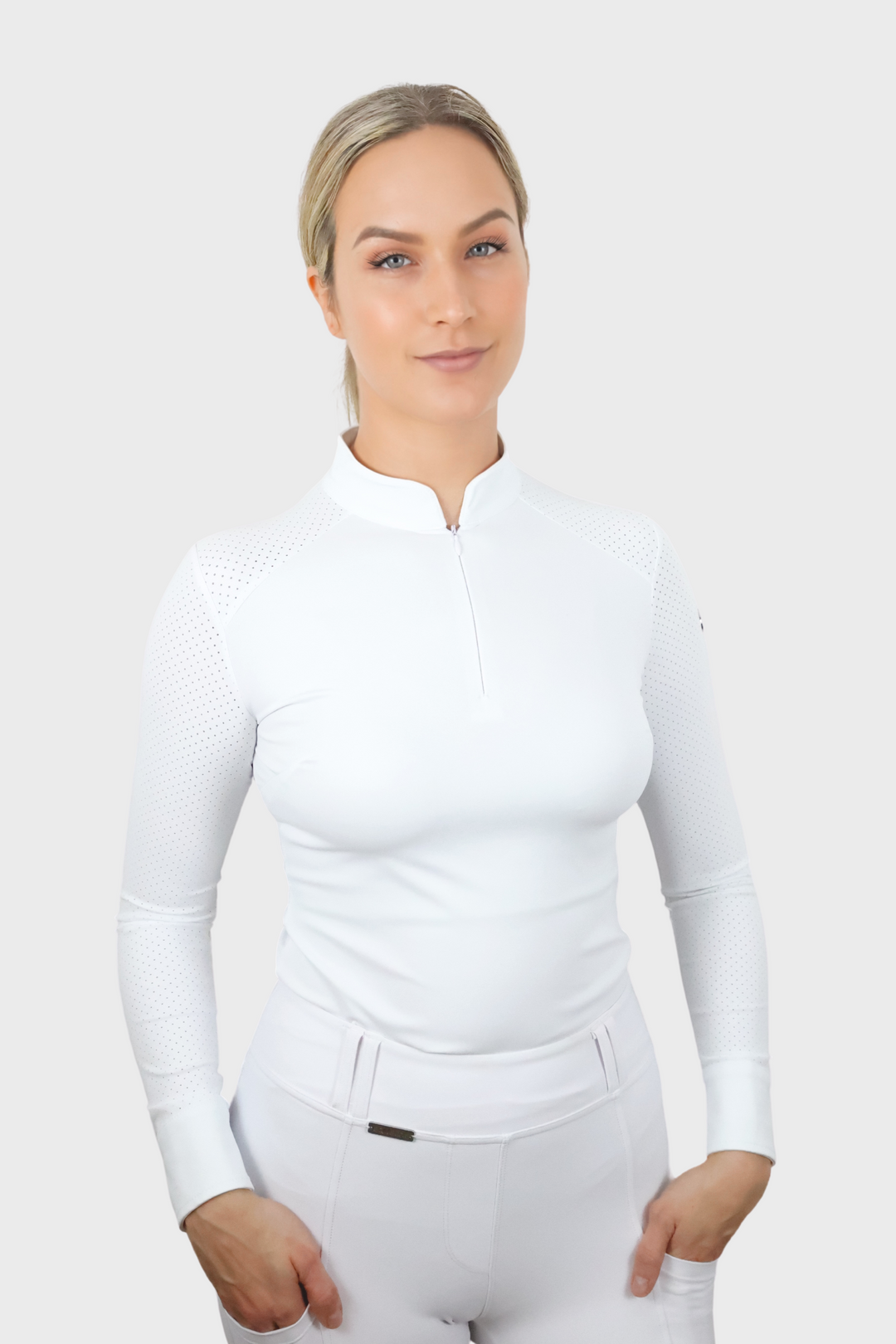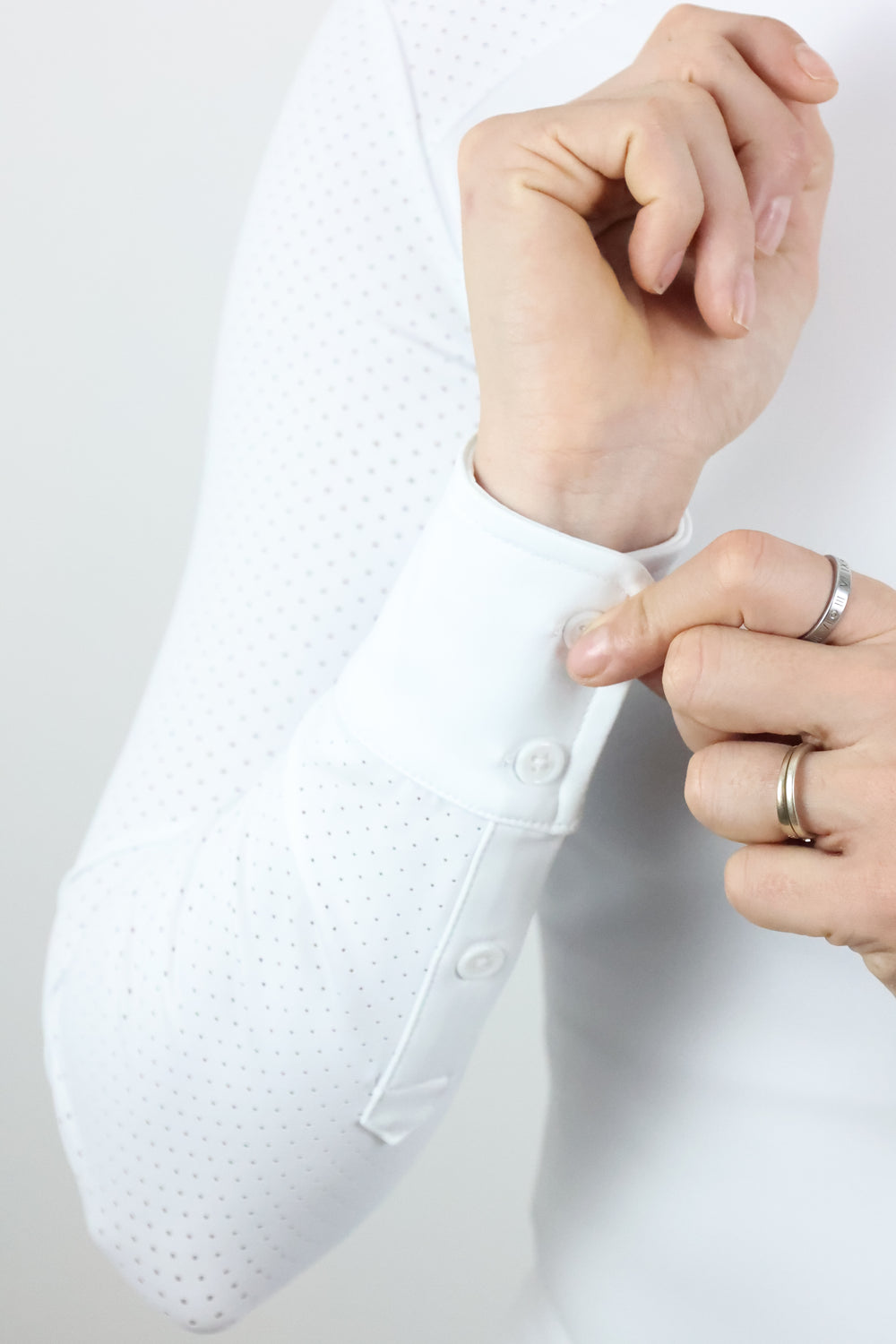If you and your horse are dipping your toes in the exciting world of showing for the first time this season, then no doubt you are experiencing a mixture of excitement and apprehension. Showing can be a daunting prospect for novices, as it is an equestrian discipline that is bound by tradition, from what clothing to wear to which class to enter.
Here’s a brief introduction to demystify the world of horse shows, and to prepare for newcomers.
Decide which class to enter
This can be a minefield for a newcomer, because there are so many categories and your horse might fit into more than one. The most common categories include hunters, hacks, and riding horses.
Hunters are well-built horses who can cover the ground at pace and jump. Hunter classes are divided into lightweight, mediumweight, and heavyweight, depending on the height, weight, and build of your horse.
Hacks have a finer build than hunters, and lighter and more elegant paces with impeccable manners. Meanwhile a riding horse combines the two qualities of hack and hunter with a good build and a turn of speed, but is also precise and responsive to the rider.
Meanwhile, there will also be classes for cobs, native breeds, show ponies, Arabs, best turned out, and often many more!
Get your kit sorted
The turnout of the rider should be just as immaculate as that of the horse, so plan ahead to make sure that you have the correct kit. The exact clothes you need will vary according to the class, but you will need a good quality jacket, breeches or jodhpurs, and boots. Make sure that everything fits well and doesn’t restrict your movement in the saddle.
Get your horse in good condition
While your horse doesn’t need to be super fit, he should be in good condition and not overweight or underweight. Practice schooling and work on transitions, so that your horse can smoothly change pace without a lot of obvious effort or repeated aids from you. Also include some lateral exercises to improve suppleness and flexibility.
Practice riding with other horses
If you mostly ride your horse alone, suddenly cantering around a ring with 30 other horses and a crowd of spectators could be a recipe for disaster. Organise some group rides with other people on your yard to get him used to a busier environment, and to make sure that he doesn’t get worked up and become difficult to handle.
You might want to investigate showing clinics, which are held by experienced riders and trainers to offer expert advice and coaching to prepare riders for the show ring.
Sort out your transport
Unless you live very close to the showground, you’ll need a trailer or lorry to transport your horse. Make sure your horse is used to loading and unloading so that you don’t have any delays or dramas on the day, and if you have your own lorry, make sure it is a good working order with a service.



















